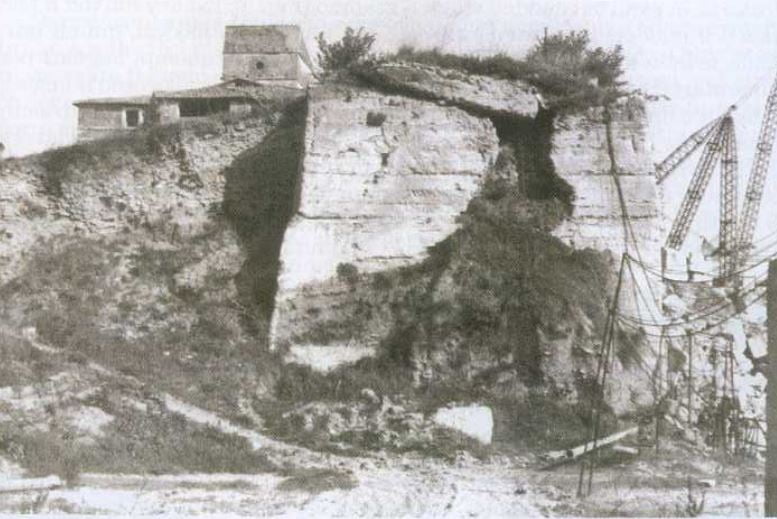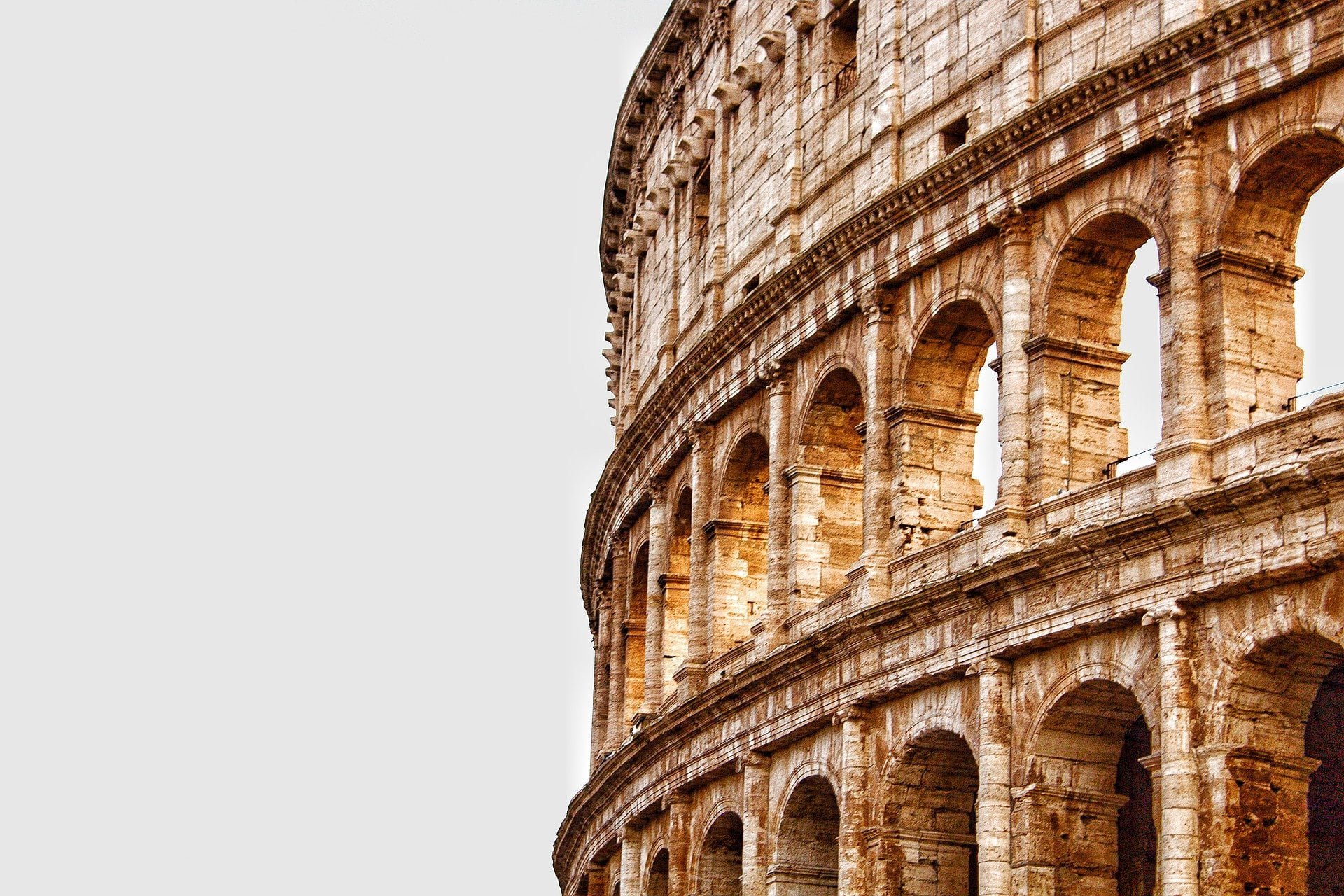The stone of the Colosseum, Roman Travertine
The most famous and long-lived monuments of Rome, the Eternal City, were made out of roman travertine: it is no mystery that the largest Roman amphitheater ever created, the Colosseum, was entirely built with this natural stone, extracted in Tivoli and carried to the center of the city across the Aniene and Tiber rivers. Certainly, Romans used roman travertine for its proximity to the city, but above all for its natural qualities of resistance to loads and atmospheric agents.
Interesting facts about the Colosseum?
• It is the largest amphitheater in the world. It could hold up to 87,000 people.
• More than one hundred thousand cubic meters of roman travertine were used for the external wall alone. To carry these blocks today, with current means, more than ten thousand trucks would be needed.
• It could be filled with water to accommodate simulations of “naval battles”.
• In addition to being the undisputed symbol of Rome and a UNESCO World Heritage Site, in 2007 the Colosseum was included among the new 7 wonders of the modern world.
Where did Roman Travertine, the stone used for the Colosseum, come from?
The natural stone used for the Colosseum came directly from the famous Cava del Barco (Barco Quarry), which is also one of the first sites for the extraction and processing of roman travertine. Today it is comprised in the Poggi Bros quarry.
In the Barco region, in Tivoli, there is a specific area that was used in Roman times and it still bears the signs of that ancient excavation activity. Many customers ask us to have the roman travertine from this area because it represents the same stone used for the Colosseum.


The Barco quarry was used extensively during the Roman period. There were many workers involved in the excavations, so much so that within the area there is also a temple, dating back to the 1st century AD, built by the travertine quarrymen themselves, to celebrate their protective deity, Hercules Saxanus (the Hercules of those who worked the blocks).
But let’s go back to the Colosseum, the most famous of the Roman monuments. Its original name is Amphiteatrum Flavium (Flavian Amphitheater), in honor of the dynasty that wanted it to be built. It was commissioned by Emperor Vespasian and inaugurated by Titus the 21st of April 80 AD.

This is what the German poet Goethe wrote when he visited Rome in 1787:
“Enchanting is above all the view of the Colosseum, which is closed at night; inside, in a small chapel, a hermit lives and beggars take shelter under the ruined vaults. They had lit the fire on the ground at the bottom, and a breeze blew the smoke over the whole arena, covering the lower part of the ruins, while the gigantic walls towered gloomy above; we, standing in front of the grating, contemplated that prodigy, and in the sky the moon shone high and serene. Gradually the smoke spread through the walls, the rooms, the openings, and in the moonlight it looked like fog. It was a show without the equal.”
Today the travertine extracted from the Barco quarry is used all over the world to furnish high-end projects. The idea of surrounding oneself with the same natural stone used for the most incredible monuments of humanity, of the same shades and appearance, possesses a great charm and is a privilege still possible today thanks to the commitment of our company.



Follow Us On Social Media: